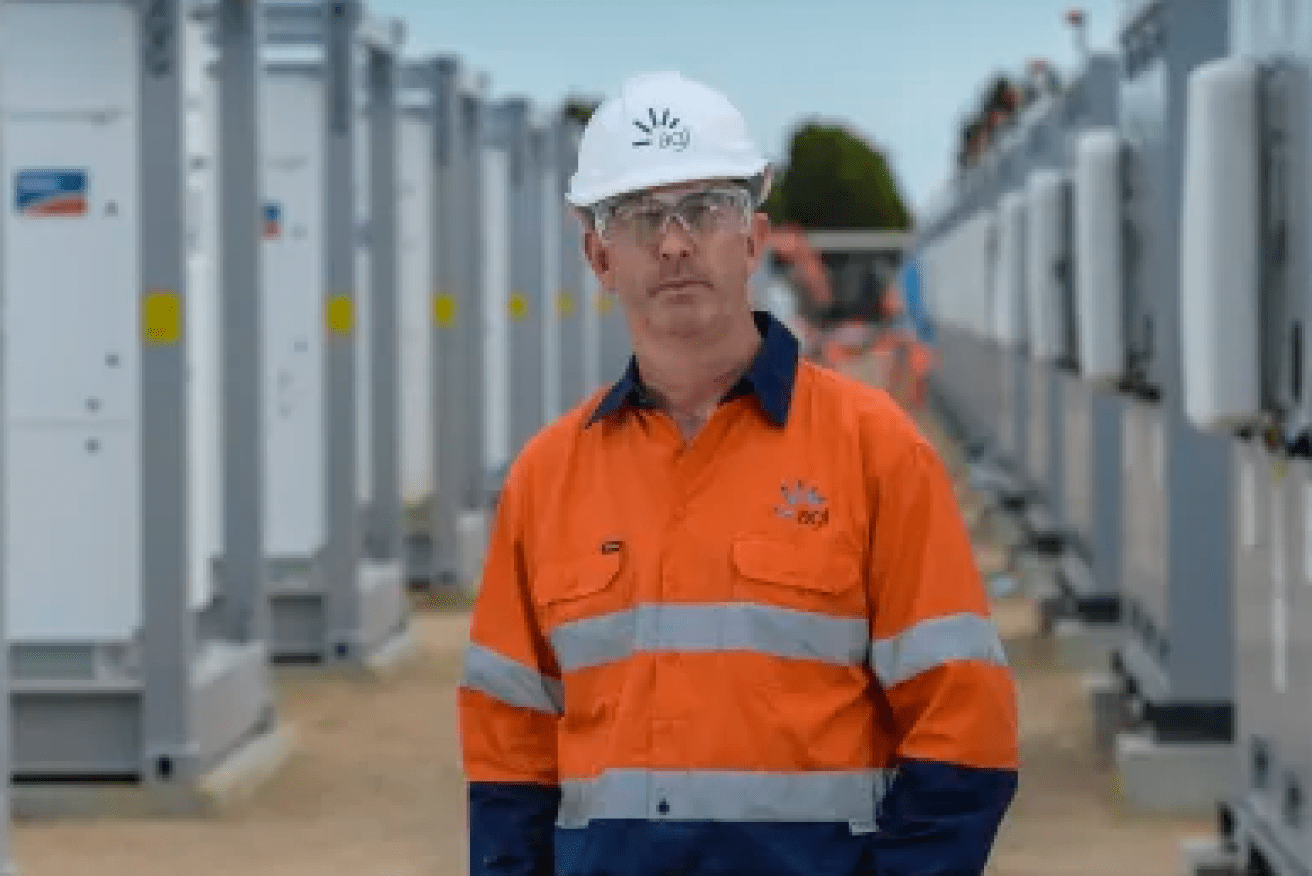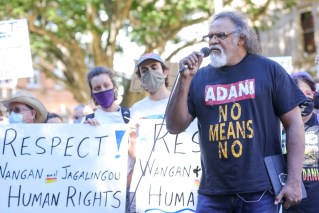AGL boss blames government moves after company crashes to billion-dollar loss
AGL Energy has hit out at federal government intervention in energy markets as it plunged into the red with a first-half loss.

AGL CEO Damien Nicks. Image: Supplied
Not helping consumers, AGL said on Thursday it expected sustained periods of higher wholesale electricity prices this year to flow through to retail prices.
AGL chief executive Damien Nicks said although federal intervention had contributed to a reduction in wholesale electricity prices, these prices remained elevated compared to recent years.
“We are concerned that the temporary domestic commodity price caps and mandatory code of conduct for gas producers has increased regulatory instability and uncertainty,” he said.
The moves were impacting business and investment confidence, particularly for gas and coal producers, and didn’t help efforts to decarbonise the electricity grid, he said.
“Policy certainty and clarity is key to encouraging new investment required for the transition,” he said.
But he said AGL supported some of the measures, including the customer bill rebates.
A year ago, an audacious but ultimately unsuccessful takeover bid by Australian tech billionaire Mike Cannon-Brookes spurred a board clean-out and a new chief executive.
Presenting his first results as CEO, Nicks said a highly experienced board and management teams were now in place to execute the strategic plans and a quicker transition.
“We also look forward to sharing further details on our business strategies at an Investor Day, targeted for mid-2023.”
He said AGL expects to have higher earnings in the second half of FY23, in line with guidance, and continued positive momentum into FY24.
“Our first half result reflects the impact of plant outages during challenging energy market conditions in July, the prolonged Loy Yang Unit 2 major outage caused by a generator rotor defect, and the closure of Liddell Unit 3 in April 2022,” he said.
AGL posted a net loss of $1.075 billion in the six months to December 31.
The main drivers were $706 million in asset impairments from an accelerated decarbonisation plan and a change in the value of financial instruments, AGL said in a statement to the ASX.
AGL, Australia’s biggest carbon emitter, intends to complete its exit from coal-fired generation by the end of FY35.
The closure of the Liddell Power Station in April 2023 will be the next key milestone, reducing AGL’s carbon footprint by eight million tonnes a year.
Revenue rose 36.7 per cent to $7.808b, AGL said in a statement to the ASX.
The underlying profit more than halved to $87m.
AGL expects an improvement in the second half on an increase in generation and a reduction in outages, partly offset by lower forward electricity prices.
The customer margin is expected to improve due to growth in customer services.
But operating costs are forecast to increase amid bad debts and inflation.
AGL trimmed its earnings guidance for FY23 to underlying EBITDA of $1.250b to $1.375b.
Guidance for underlying net profit after tax narrowed to $200m to $280 million.
AGL will pay an interim dividend of eight cents, down from 16 cents.












